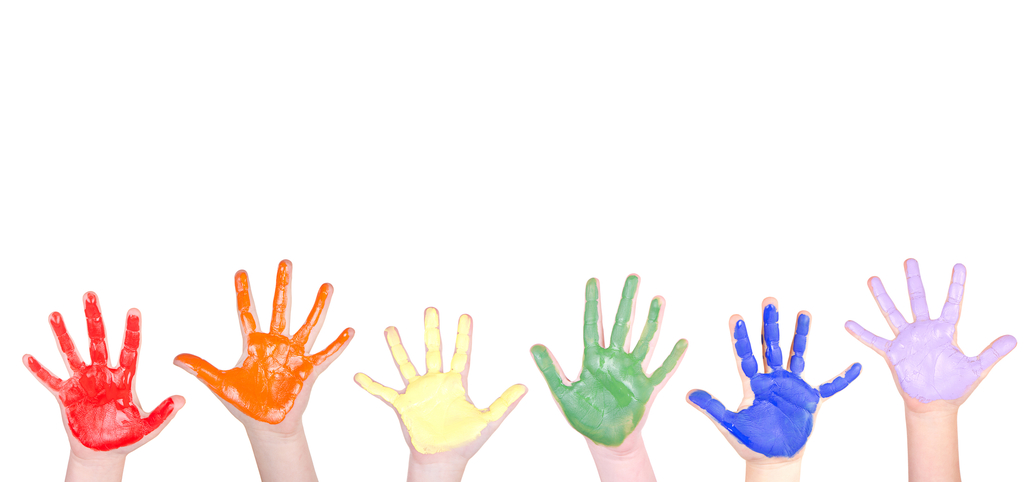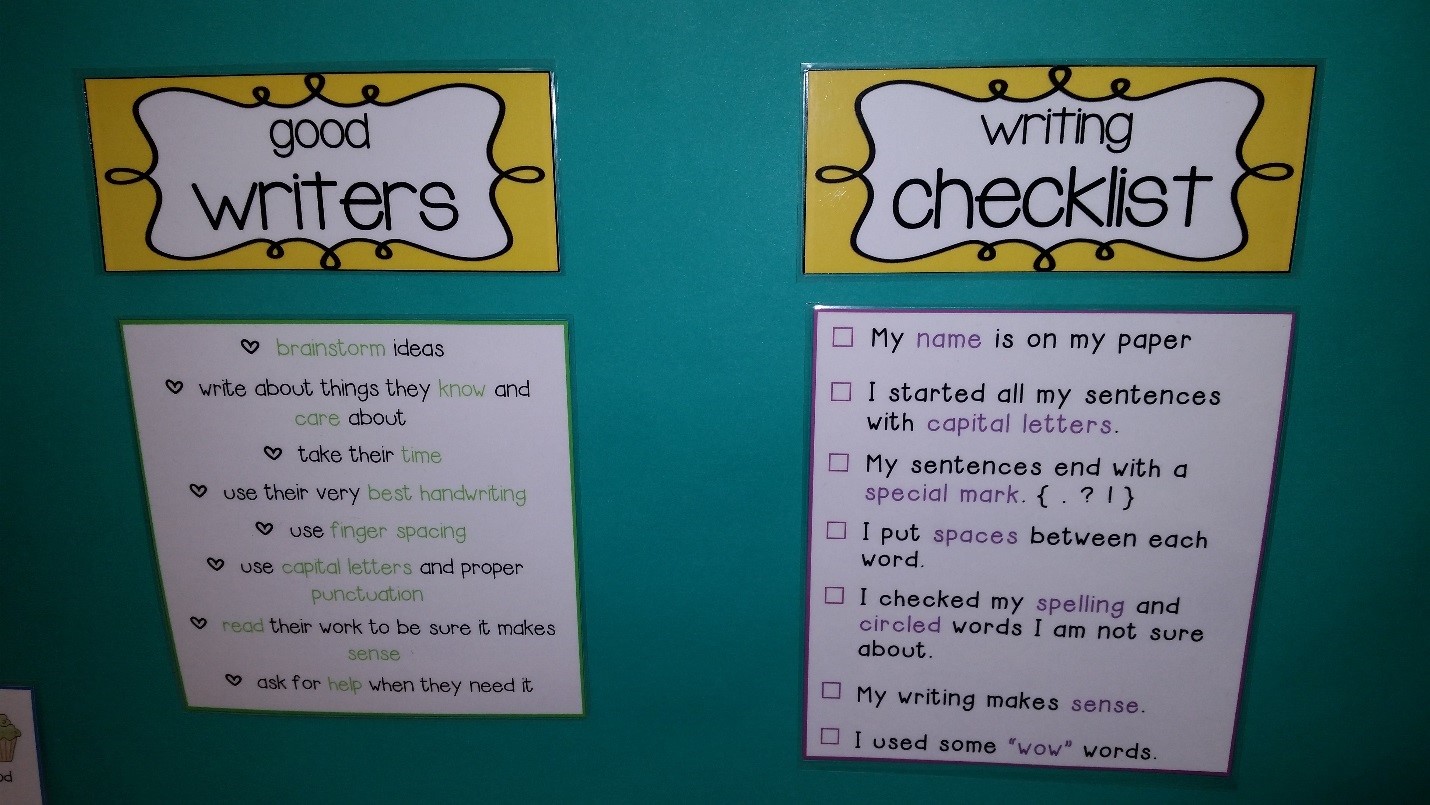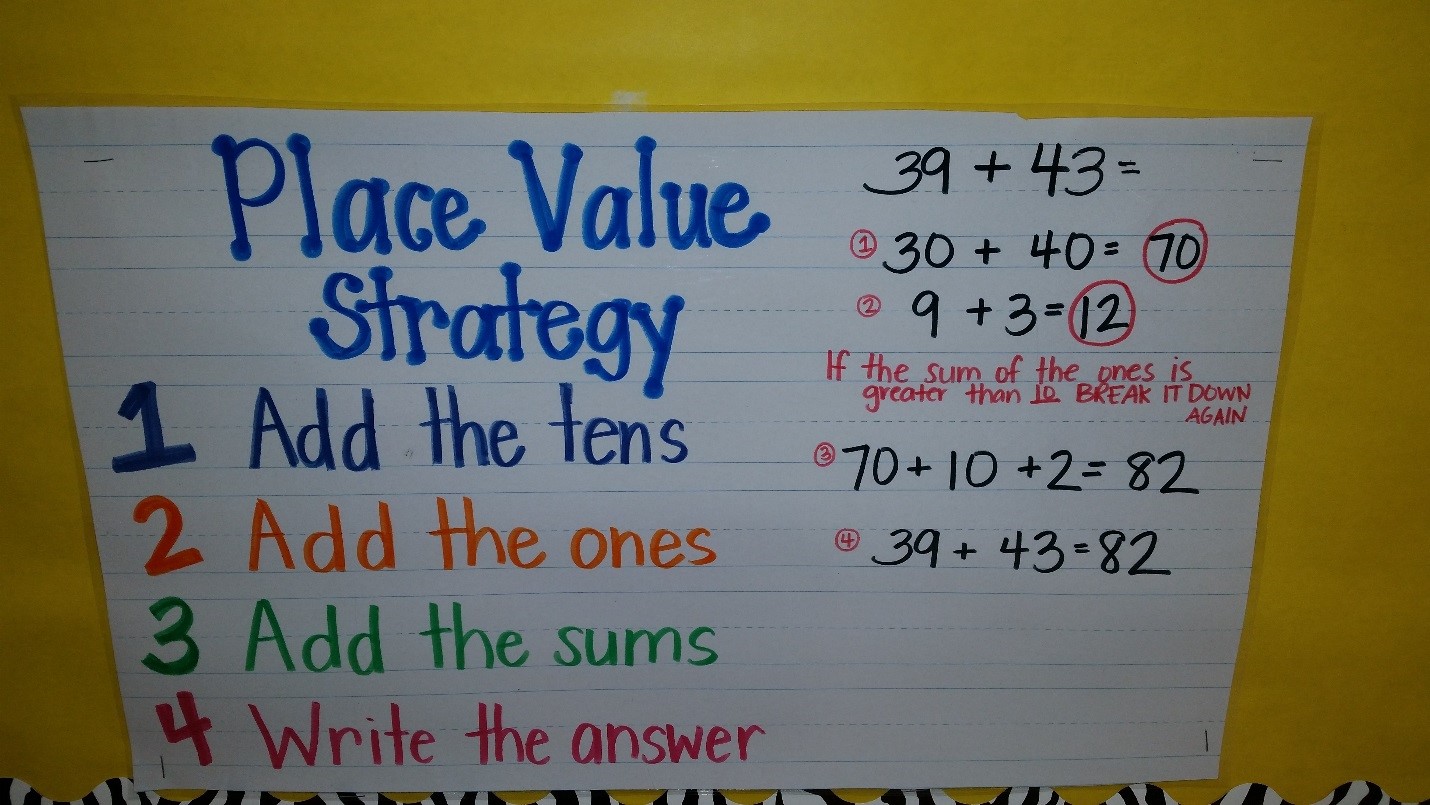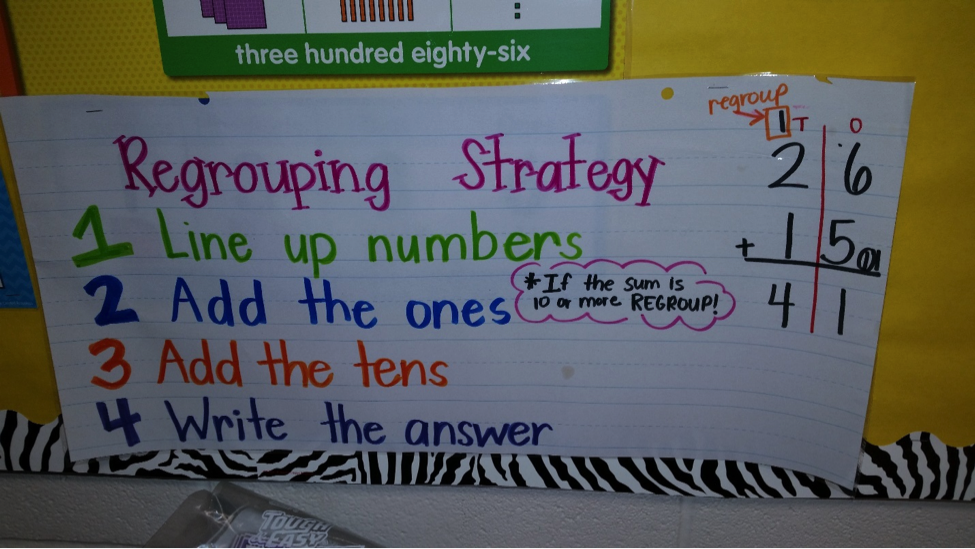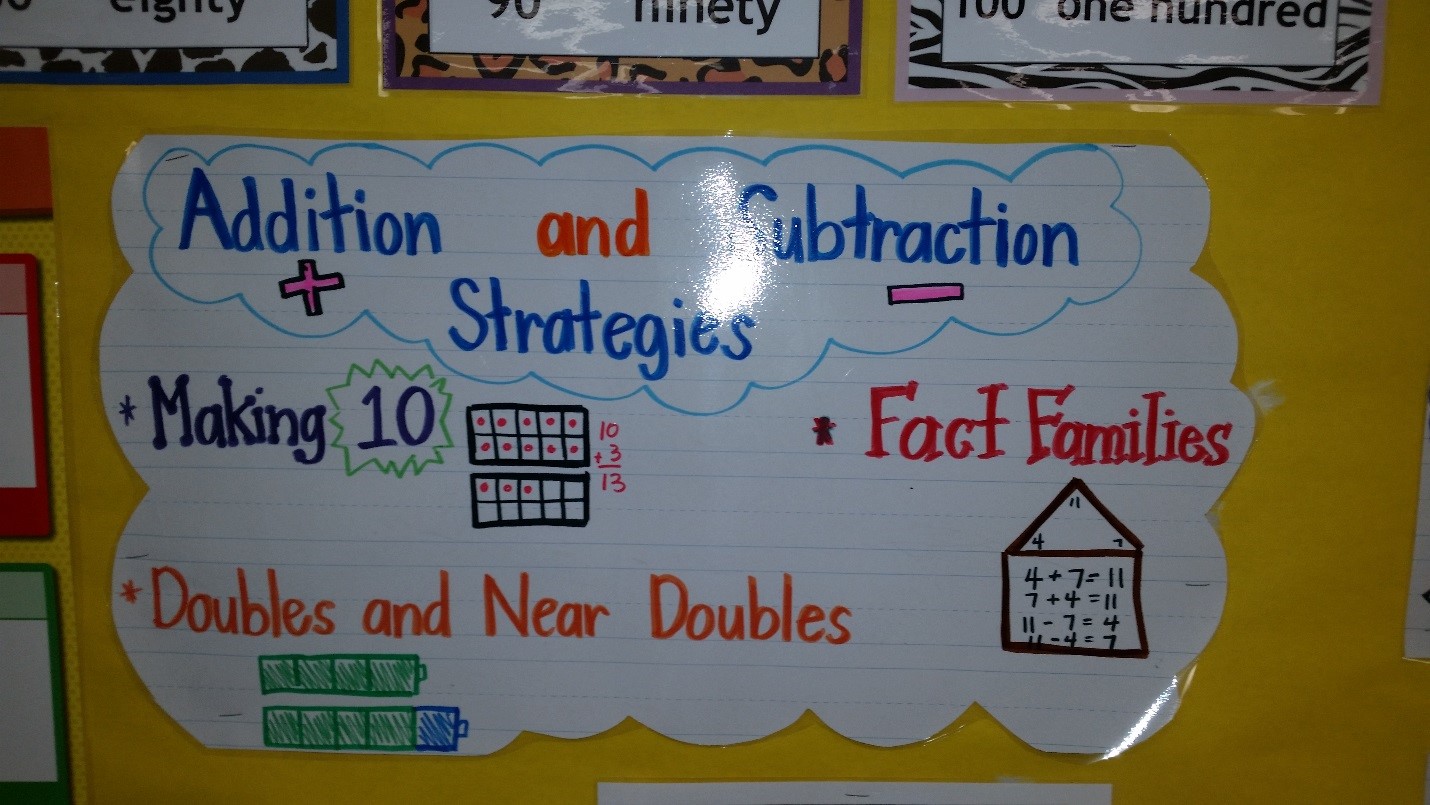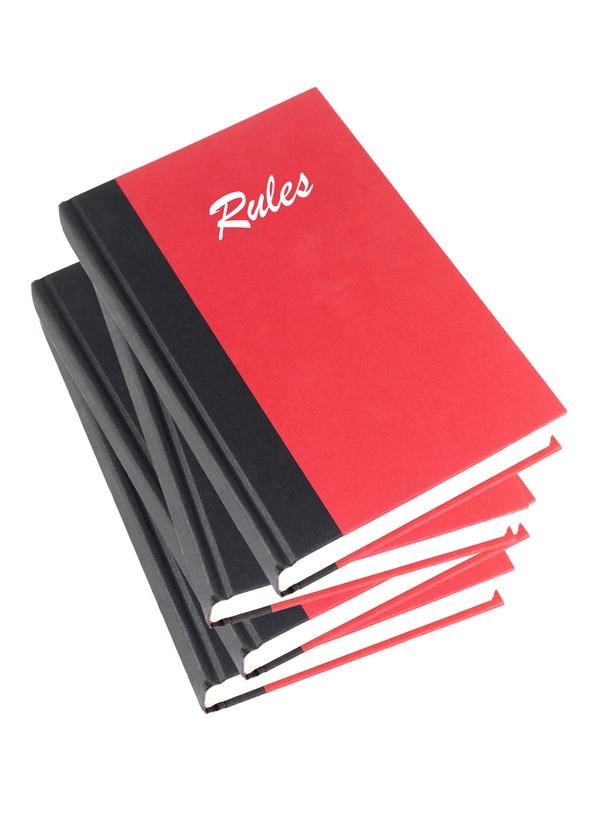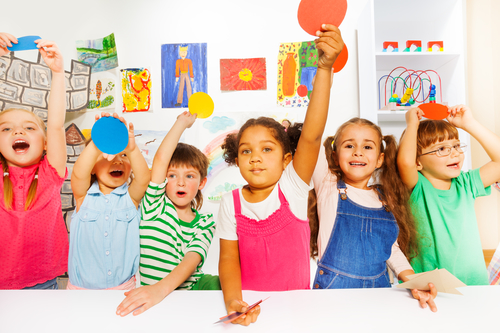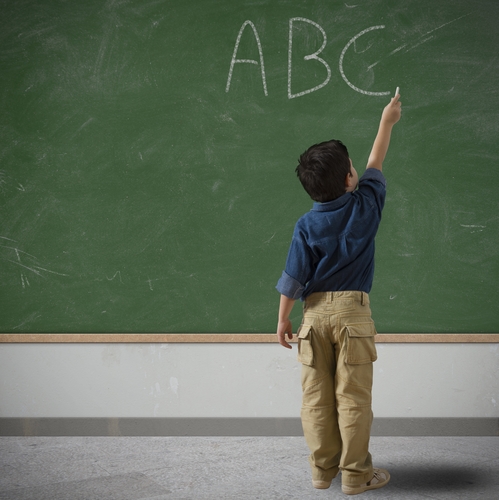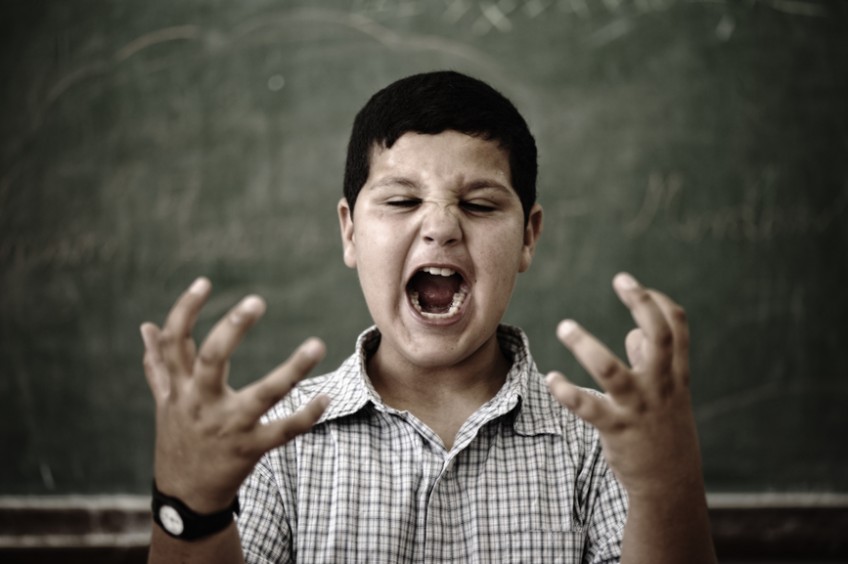Supports for Sensory Processing Disorder and Issues with Touch
As with the senses of sight and hearing, sometimes one or more of the senses are either over- or under-reactive to stimulation. This is also true for the sense of touch. For some persons with an Autism Spectrum Disorder, certain textures feel uncomfortable or even painful. For these individuals, the idea of a hug or even accidentally brushing up against something may be highly stressful. In order to prevent this negative tactile experience, much energy and focus is spent avoiding situations that increase the likelihood of such events.
Imagine lining up where there are others in front of you and behind you. The chances of being accidentally touched by either person may cause the simple act of lining up to be highly stressful and anxiety provoking. For individuals that do not like the feel of certain textures or things, parents and teachers may consider the following types of supports:Continue Reading
The Education (K-12) Blogs and Special Ed Q & A are written and maintained weekly by Lisa Rogers with Educating Diverse Learners. Lisa received her M.A. in Special Education with an endorsement in the area of individuals with severe disabilities. Mrs. Rogers has also created products that have been used throughout the state of Texas for training purposes. Through the Association for Texas Professional Educators [ATPE], Ms. Rogers has produced an online course that targets the importance of visual strategies for student with autism spectrum disorders and just released her highly anticipated book titled: Visual Supports for Visual Thinkers.

